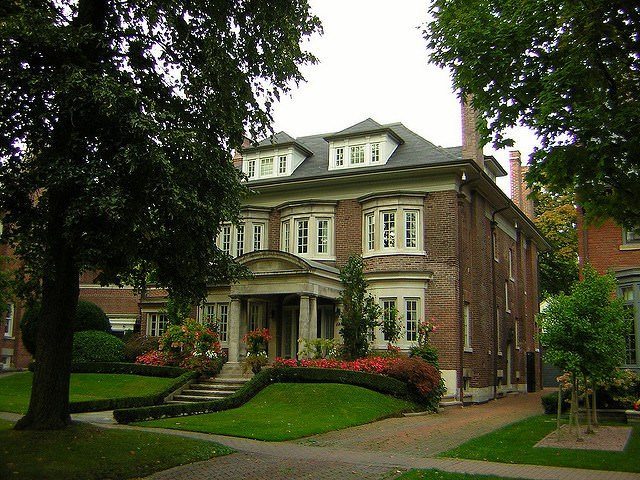
Passing down real estate in Ontario is relatively painless, if you are only transferring one property. However, if you are passing down multiple properties, you may want to talk to a financial planner and/or a tax accountant to get the best advice on what to do for your estate.
Taxation Implications for a Principal Residence
A principal residence is considered to be the dwelling that the deceased inhabited the most. In many estates, there will only be one residence to deal with on a final return. When a principal residence is passed on, it is deemed to be passed on at fair market value to the estate, which means that what it is worth at the time of the property holder’s passing is what it is worth in the eyes of the Canada Revenue Agency.
While there are no immediate tax implications, if the inheritor(s) choose to sell the property, they will owe capital gains tax on the amount they make on the property over and above its fair market value at its time of transfer to the estate. Don’t rush to sell though – if market value is climbing significantly, the profit you make from hanging on to it will fair outweigh any losses from capital gains tax. Consult a certified financial planner for the best strategy for your situation.
Capital Gains Tax Explained
A capital gain is the profit made from the sale of stocks, securities, real estate or other vehicles. In Canada, half of your capital gain is taxable at your usual marginal tax rate, which varies. For example, if you make a profit (or capital gain) of $50,000, half of it is taxable, which for a person with a 35% tax rate would net out to $8,750 in taxes. While it’s a hefty hit, you still get to keep a large portion of your initial profit.
Tax Hits on Secondary Properties are Larger
If an estate passes down a primary and a secondary property, the tax hit on the secondary property, typically a cottage or vacation home, is much larger. In that case, the capital gain is deemed to be whatever the profit is on the property between the time the deceased bought it and what it was worth on their date of death – which in the case of a cottage can be a very significant amount of money. An Adjusted Cost Base (ACB) is factored in which can help offset some of this – so the key is to really take advantage of all of the things that go into your ACB.
BDO has a very handy checklist of all of the things to keep track of to calculate the ACB of a cottage, and this can apply to any form of secondary property. Receipts of anything to do with renovations, land transfer taxes and fees associated with the original sale, building improvements such as new doors and windows, and much more can go into the ACB. Ongoing maintenance costs, such as regular landscaping, do not factor into the ACB.
The Canada Revenue Agency does frequently audit returns which include secondary properties as this is a lucrative source of tax income, and mistakes are often made in ACB calculation, such as original receipts not being retained.
If you are passing down a secondary property, consider storing receipts electronically as backup as well as original copies in a safe location, and share these with the executor of your estate. Update them as you add items which could qualify for your ACB.
If you are able to do advance planning, and your cottage is worth more than what you consider to be your primary residence, talk to your tax accountant about what you would need in order to designate the cottage as your primary residence. It may be easier in retirement to meet the residency requirements in order to make that happen. This could help to reduce the capital gains tax bill for your beneficiaries, but should be managed properly by a tax accountant in order to make your actions fit the requirements of the Canada Revenue Agency.
Image Credit: Robert Jack Will, Flickr




